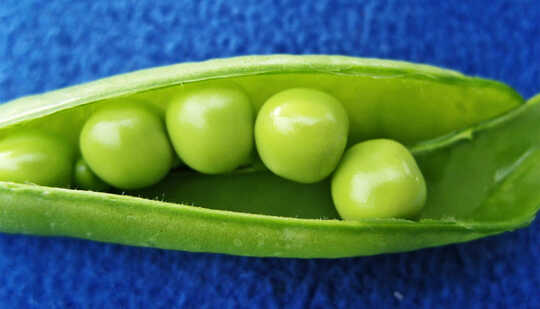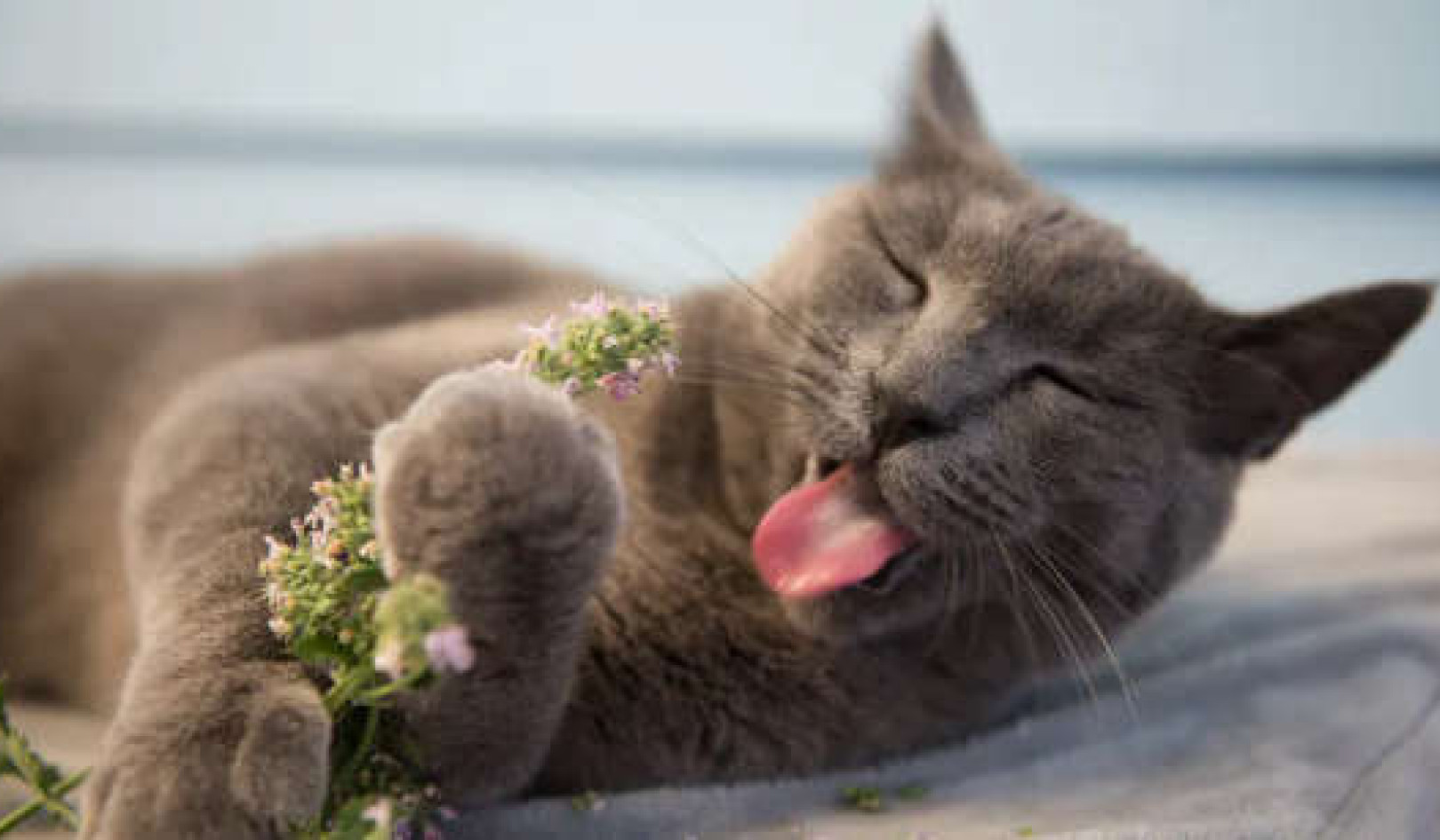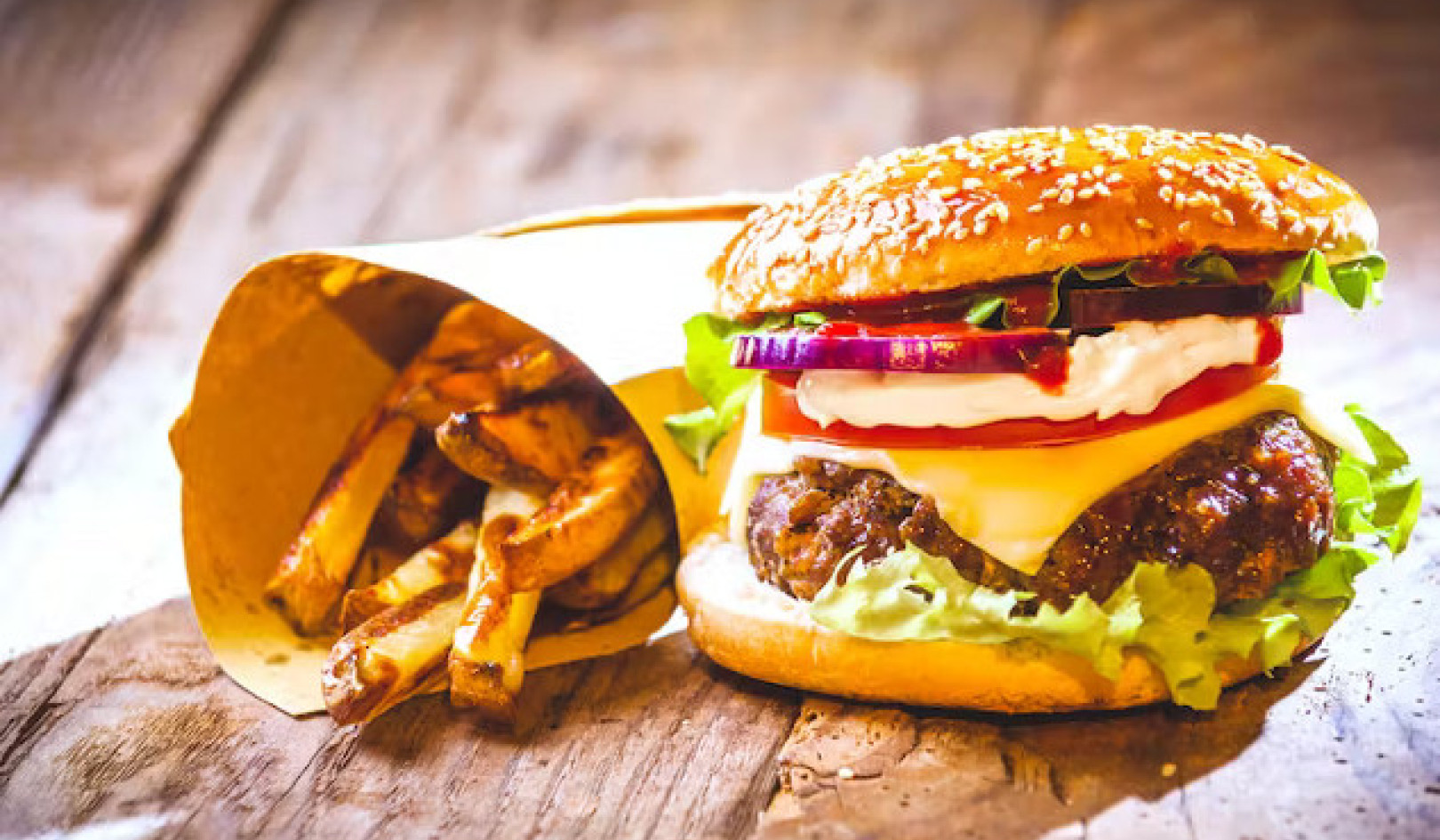
Researchers have identified ingredients for snack food prototypes formulated to deliberately change the gut microbiome in ways that can be linked to health.
Translating results from animal models, the scientists have shown in two pilot human studies of overweight participants that snacks containing combinations of specifically selected fiber types affect elements of the microbiome involved in metabolizing fiber components.
This shift in the microbiome was linked to changes in groups of blood proteins that are biomarkers and regulators of many facets of physiology and metabolism. These blood proteins shifted in ways that could improve health in the long term.
“Poor nutrition is a pressing and complex problem worldwide that is driven by many factors, including an overabundance of high-fat and low-fiber foods in typical Western diets,” says the study’s senior author Jeffrey I. Gordon, professor and director of the Edison Family Center for Genome Sciences & Systems Biology at Washington University School of Medicine.
Get The Latest By Email
“Since snacks are a popular part of Western diets, we are working to help develop a new generation of snack food formulations that people will like to eat and that will support a healthy gut microbiome that affects many aspects of wellness.”
The human intestine is home to a microbiome composed of tens of trillions of microbes containing millions of different genes that perform functions that are not provided by the approximately 20,000 protein-coding genes in the human genome. According to the researchers, the nutritional value of foods is determined in part by the products of the foods’ unique metabolism by the gut microbiome.
Gordon and his colleagues are focused on characterizing which food components interact with which components of the gut microbiome and how this interaction shapes different features of human biology. The goal is to herald a new era of nutritional science that yields affordable, more nutritious foods from sustainable sources that can be used to treat or prevent various forms of malnutrition—whether it be undernutrition or obesity in children or adults.
The high-fat, low-fiber diets consumed in the US and other Western countries fail to support a diverse and healthy gut microbiome. Moreover, diets with high fiber content are associated with lower risks of chronic diseases such as cardiovascular disease, type 2 diabetes, and obesity. However, dietary fibers are composed of complex and diverse mixtures of biomolecules, many of which the human body can’t break down on its own. The nature of these mixtures varies depending upon the source of the fibers and how they are processed when incorporated into foods.
Past work by Gordon’s team identified specific plant fibers that were affordable and available in large quantities from sustainable sources—such as from peels, rinds, and husks that would otherwise be discarded—and that increased the performance of certain beneficial gut microbes that are underrepresented in many obese adults consuming Western diets.
In this new report, the researchers analyzed data from subjects enrolled in two studies who were overweight or obese and who were provided with meals that mimicked a typical Western diet. These diets were supplemented with one of three fiber-containing snack food prototypes. One contained only fiber recovered from peas. Another contained a combination of pea fiber and inulin (a fiber found in a number of fruits and vegetables, including wheat, onions, bananas, asparagus, artichokes, and chicory root). A third snack contained pea fiber and inulin as well as fibers from the pulp of oranges and barley bran. The snacks were developed in collaboration with Mondelēz International, a global snack food company.
In the first study, participants consumed the high-fat, low-fiber meals for 10 days, before adding a pea fiber-containing snack to their diets for two weeks, followed by two weeks in which the participants continued to eat the high-fat, low-fiber diet without the fiber snack. In the second study, a similar design was used, but supplementation was with the snack containing both pea fiber and inulin, and after a washout period, the snack containing four fiber components: pea, inulin, orange, and barley bran.
The researchers analyzed the patients’ gut microbiomes during the various phases of the study as well as the levels of more than 1,300 proteins in their blood. Gordon and his colleagues found that many of the components of the microbiome that responded to and processed the different snack fiber prototypes in the trial participants were the same as those that responded to the same fibers in their earlier experiments using gnotobiotic mice colonized with human gut microbes. Gnotobiotic mice are born and raised under sterile conditions, so the nature of the gut microbes can be strictly controlled for scientific studies.
Furthermore, they found that compared with the single-fiber or two-fiber snacks, the snack with the combination of four different fibers had a broader effect on microbiome genes encoding the metabolic machinery needed to extract nutrients from the fibers. These findings validated the use of their preclinical models as a way to accelerate screening and selection of fibers for incorporation into food prototypes.
The researchers developed data mining approaches that allowed them to identify statistically significant changes in specific groups of microbiome genes and to associate them with changes in the levels of groups of blood proteins involved in a remarkably broad range of physiologic processes, ranging from energy metabolism—including the metabolism of glucose—to immune responses, blood coagulation, and blood vessel function, as well as bone and nerve cell biology.
“We were encouraged to see the impact of these fiber snacks on the gut microbiome and human physiology even in these relatively short studies,” says first author Omar Delannoy-Bruno, a member of the interdisciplinary team that conducted this work.
“These pilot studies were not designed to test whether the fiber snacks could produce significant long-term alterations in body weight or commonly measured biomarkers of cardiometabolic health. Therefore, the benefits of these interventions will have to be investigated in larger, longer clinical trials,” says coauthor Michael J. Barratt, associate professor of pathology and immunology and executive director of the Center for Gut Microbiome and Nutrition Research at Washington University. “Moreover, these small studies were conducted under strictly controlled diet conditions. An important next step will be to investigate the effects of the fiber snacks in participants who are free to eat as they normally would.”
Gordon adds: “With a better understanding of the impact of different kinds of fibers on components of the microbiome, we are hopeful we can deliver a snack that people will want to eat while also contributing to a healthier diet, especially for those who may otherwise have limited access to nutritious foods.”
The study appears in the journal Nature.
Funding for the work came from the National Institutes of Health (NIH) and from Mondelēz International.
Gordon is the recipient of a Thought Leader Award from Agilent Technologies. He is also a co-founder of Matatu Inc., a company characterizing the role of diet-by-microbiota interactions in animal health. Other authors report being co-founders of Phenobiome Inc., a company pursuing development of computational tools for predictive phenotype profiling of microbial communities, as well as of Evolve Biosystems, interVenn Bio, and BCD Bioscience—companies involved in the characterization of glycans and developing carbohydrate applications for human health. Three coauthors are employees of Mondelēz International.
A patent application related to the fiber-snack formulations described in this report has been filed and published.
books_food







